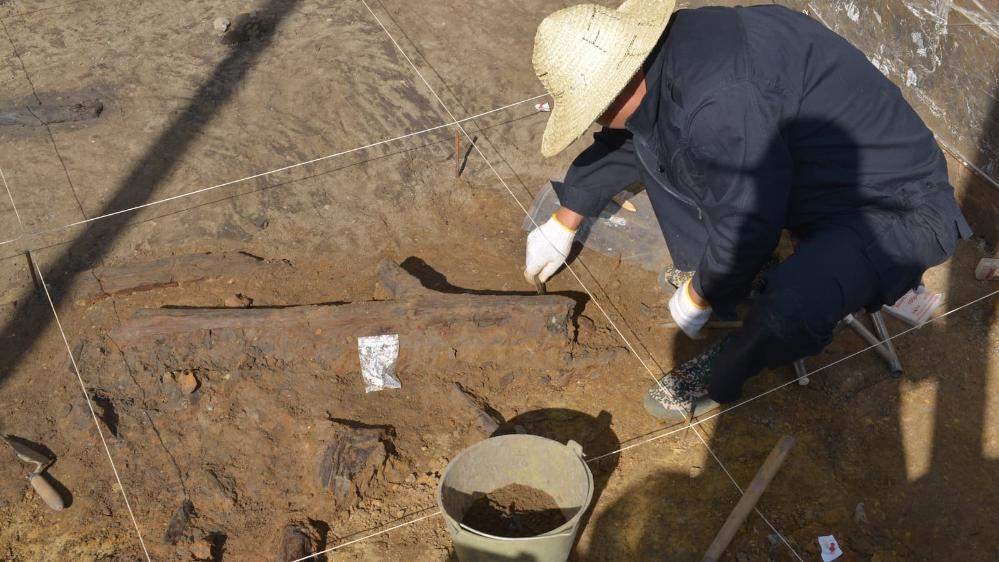Archaeologists have discovered 35 wooden tools from the Old Stone Age in China which they say show impressive craftsmanship, advanced cognitive skills and offer new insights into what ancient humans might have eaten.
The 300,000-year-old tools are the oldest wooden artifacts ever documented in East Asia, according to a study published Thursday (July 3) in the journal Science. They include digging sticks made of pine and hardwood, hooks for cutting roots and small, pointed implements for extracting edible plants from the ground.
“This discovery is exceptional because it preserves a moment in time when early humans were using sophisticated wooden tools to harvest underground food resources,” study lead author Bo Li, a professor in the School of Earth, Atmospheric and Life Sciences at the University of Wollongong Australia, said in a statement.
The tools date to the early Paleolithic period, also known as the Old Stone Age (3.3 million to 300,000 years ago). Wooden artifacts from this time are extremely rare due to organic decomposition, and only a handful of archaeological sites have yielded similar objects, according to the new study. But most of these objects, including spears from Schöningen in Germany, were designed for hunting — these newfound tools were made for digging.
Researchers found the tools buried in oxygen-poor clay sediments on the shores of an ancient lake in Gantangqing, an archaeological site in southwestern China’s Yunnan province. The sediments preserved deliberate polishing and scraping marks on the tools, as well as plant and soil remains on some of the edges that gave researchers clues about the tools’ function.
Related: Pfyn culture flint tool: World’s oldest known ‘Swiss Army’ knife
“Our results suggest that hominins at Gantangqing made strategic utilization of lakeshore food resources,” the researchers wrote in the study. “They made planned visits to the lakeshore and brought with them fabricated tools of selected wood for exploiting underground tubers, rhizomes, or corms.”
Such planned visits show that 300,000 years ago, human ancestors in East Asia were crafting and using tools for specific purposes, demonstrating considerable foresight and intention, the researchers wrote. The artifacts also suggest that these early humans had a good understanding of which plants and parts of plants were edible, the researchers noted.
“The tools show a level of planning and craftsmanship that challenges the notion that East Asian hominins were technologically conservative,” Li said in the statement. This idea is rooted in previous discoveries in East Asia of stone tools that seemed “primitive” in comparison to tools found in western Eurasia and Africa, according to the study.
The researchers dated the tools using a technique developed by Li that uses infrared luminescence and another method called electron spin resonance, which measures a material’s age through the number of electrons trapped inside its crystal defects due to exposure to natural radiation. Both produced estimates indicating that the wooden tools were between 250,000 and 361,000 years old.
The plant remains on the tools have not been identified because their decomposition is too advanced, but other plant remains at Gantangqing indicate that early humans there ate berries, pine nuts, hazelnuts, kiwi fruit and aquatic tubers, according to the study.
“The discovery challenges previous assumptions about early human adaptation,” Li said in the statement. “While contemporary European sites (like Schöningen in Germany) focused on hunting large mammals, Gantangqing reveals a unique plant-based survival strategy.”













